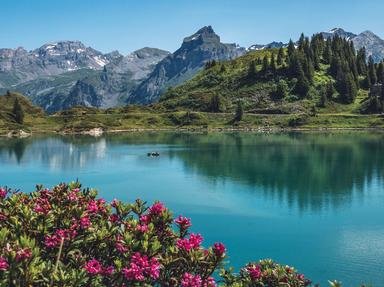Quiz Answer Key and Fun Facts
1. What is the largest ocean on Earth that was first sighted by Spanish explorer Vasco de Balboa in 1513, who named it "Mar del Sur" (South Sea)?
2. What body of water is an arm of the Atlantic Ocean and is approximately 560 km (350 miles) long and has five main habitable islands that were occupied by Germany during World War II?
3. The most southerly body of water in the world merges with the Pacific, Indian and Atlantic Oceans. Can you name this ocean?
4. This sea was called "Mare Nostrum (Our Sea") by the Romans. The Strait of Gibraltar connects it to the Atlantic Ocean. It has many islands, some of the groups being the Cyclades and Dodecanese. What is the name of this sea?
5. What is the name of the sea that is an inlet of the Indian Ocean that lies between Asia and Africa, and is the most northern tropical sea in the world?
6. What is the name of the body of water that stretches from the Queensland coast of northern Australia to Vanuatu in the east, and to the Solomon Islands in the north-east and touches the south coast of New Guinea?
7. This Channel is part of the Indian Ocean and has islands and islets belonging to Comoros and France, as well as the very large island of Madagascar. What is the name of this Channel?
8. This sea lies within the Atlantic Ocean and has an area of approximately 2.7 million sq. km (1,06 million sq. miles) and is one of the largest Seas. The first recorded European to sail here was Christopher Columbus. What is the name of this sea with land borders?
9. What is the name of the body of water, within the Pacific Ocean, that was named after a Danish navigator who explored this area in 1726 whilst sailing northwards in the Pacific Ocean to the Arctic Ocean?
10. What is the name of the sea that is part of the Pacific Ocean, and lies between New Zealand and Australia?
Source: Author
wenray
This quiz was reviewed by FunTrivia editor
spanishliz before going online.
Any errors found in FunTrivia content are routinely corrected through our feedback system.

